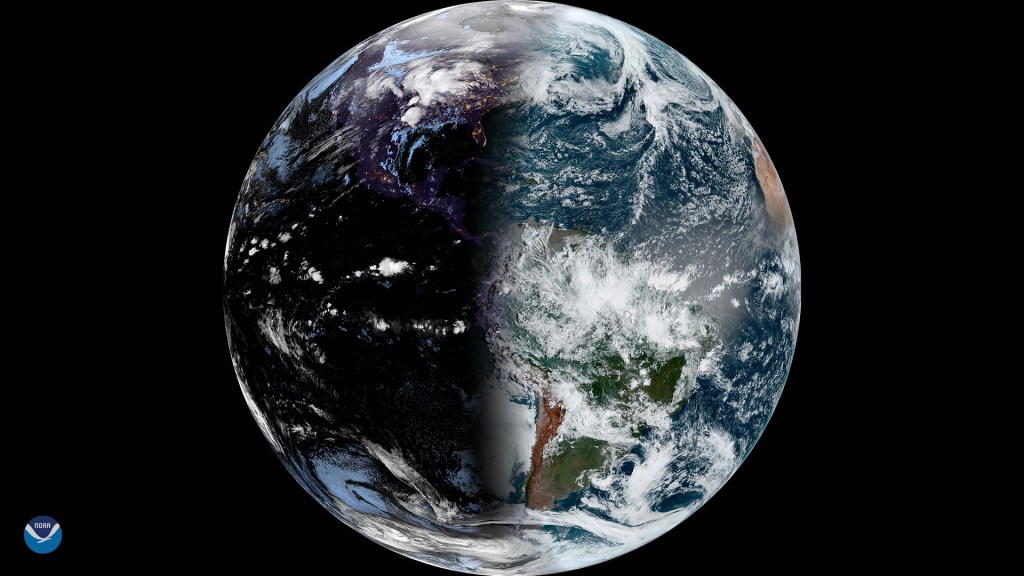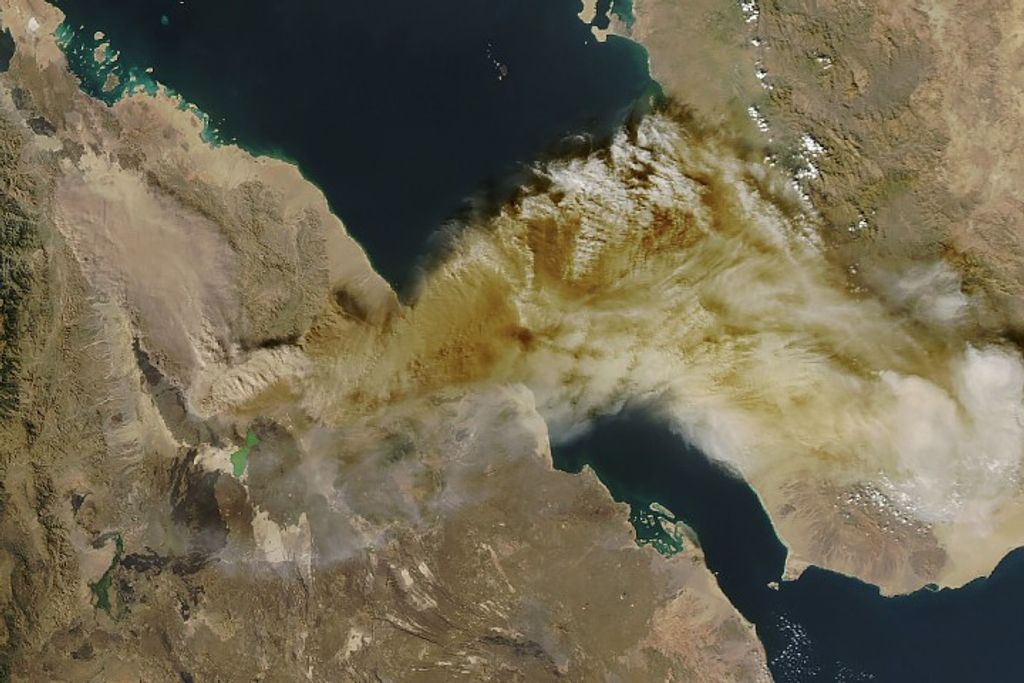James Webb Space Telescope
Webb is the premier observatory of the next decade, serving thousands of astronomers worldwide. It studies every phase in the history of our Universe.
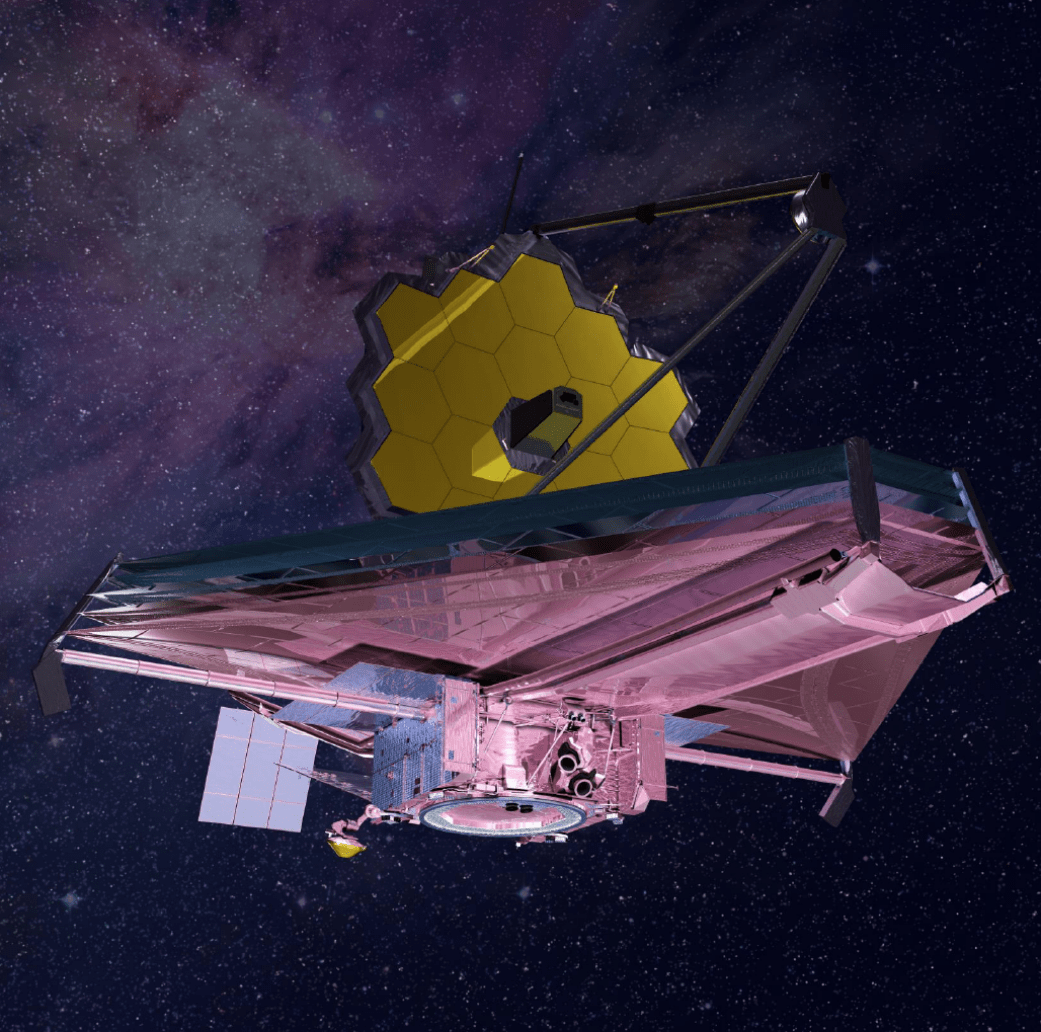
Key Facts
Featured Image
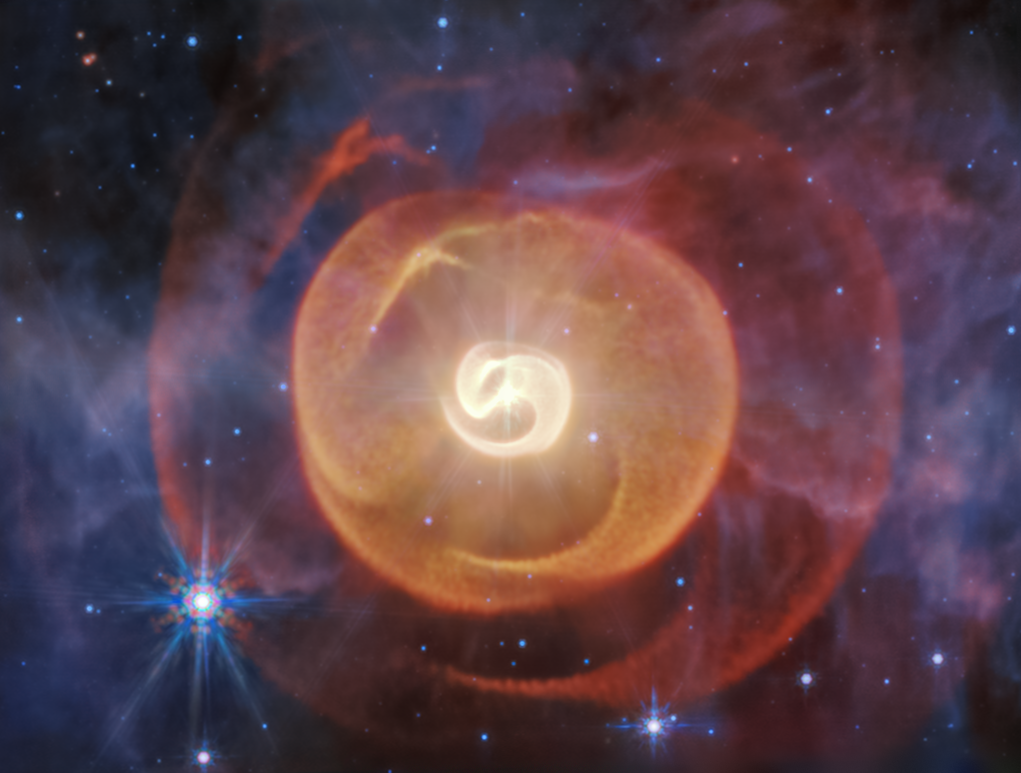
Webb First to Show 4 Dust Shells ‘Spiraling’ Apep, Limits Long Orbit
NASA’s James Webb Space Telescope has delivered a first of its kind: a crisp mid-infrared image of a system of…
Read the Story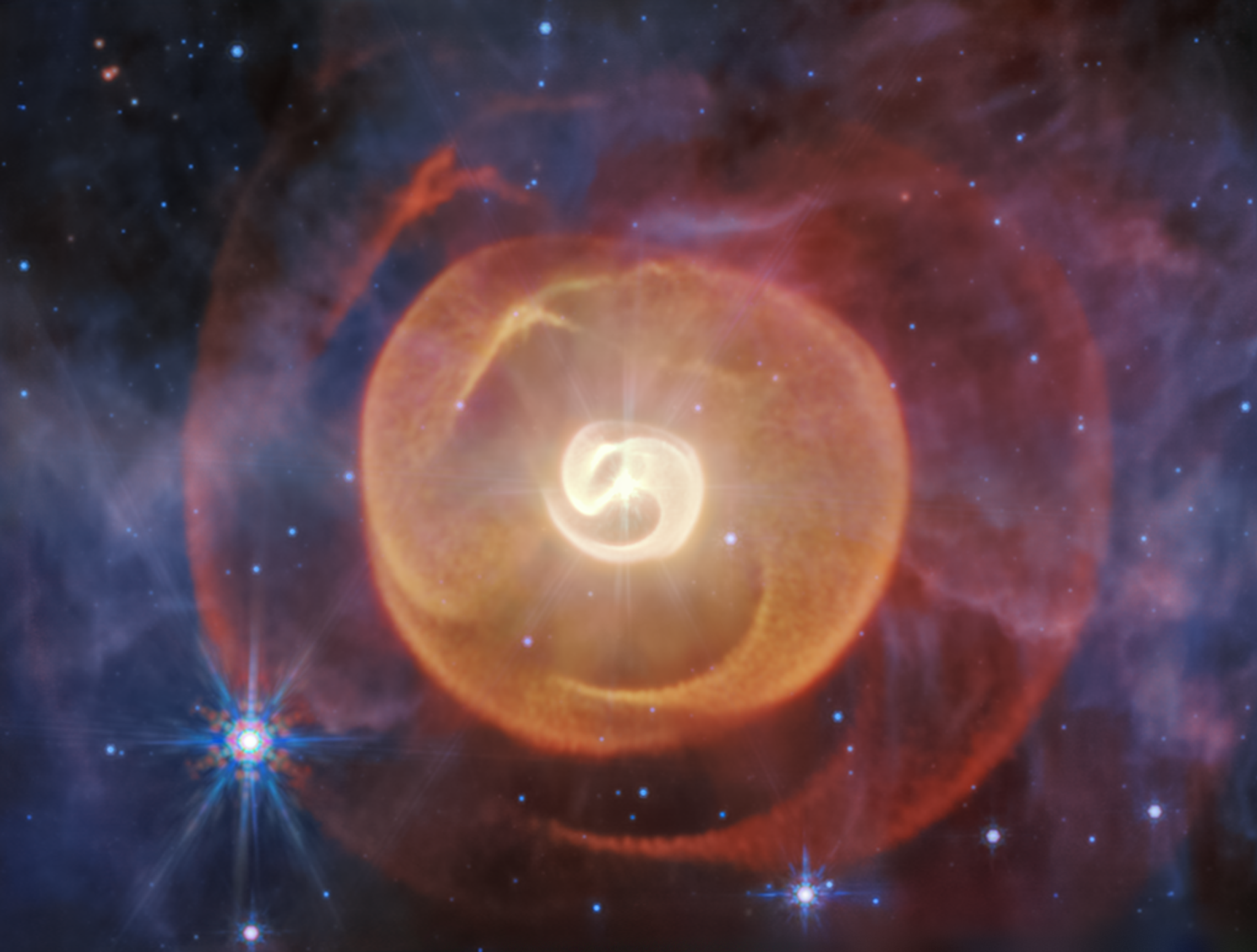
Latest News
Webb's latest news releases in reverse chronological order. Search and sort the news feed with the controls immediately below.

The Mid-Infrared Instrument (MIRI) on NASA’s James Webb Space Telescope captured glowing cosmic dust heated by very young massive stars in unprecedented detail in this image of the Sagittarius B2 (Sgr B2) molecular cloud released on Sept. 24, 2025. Sgr…
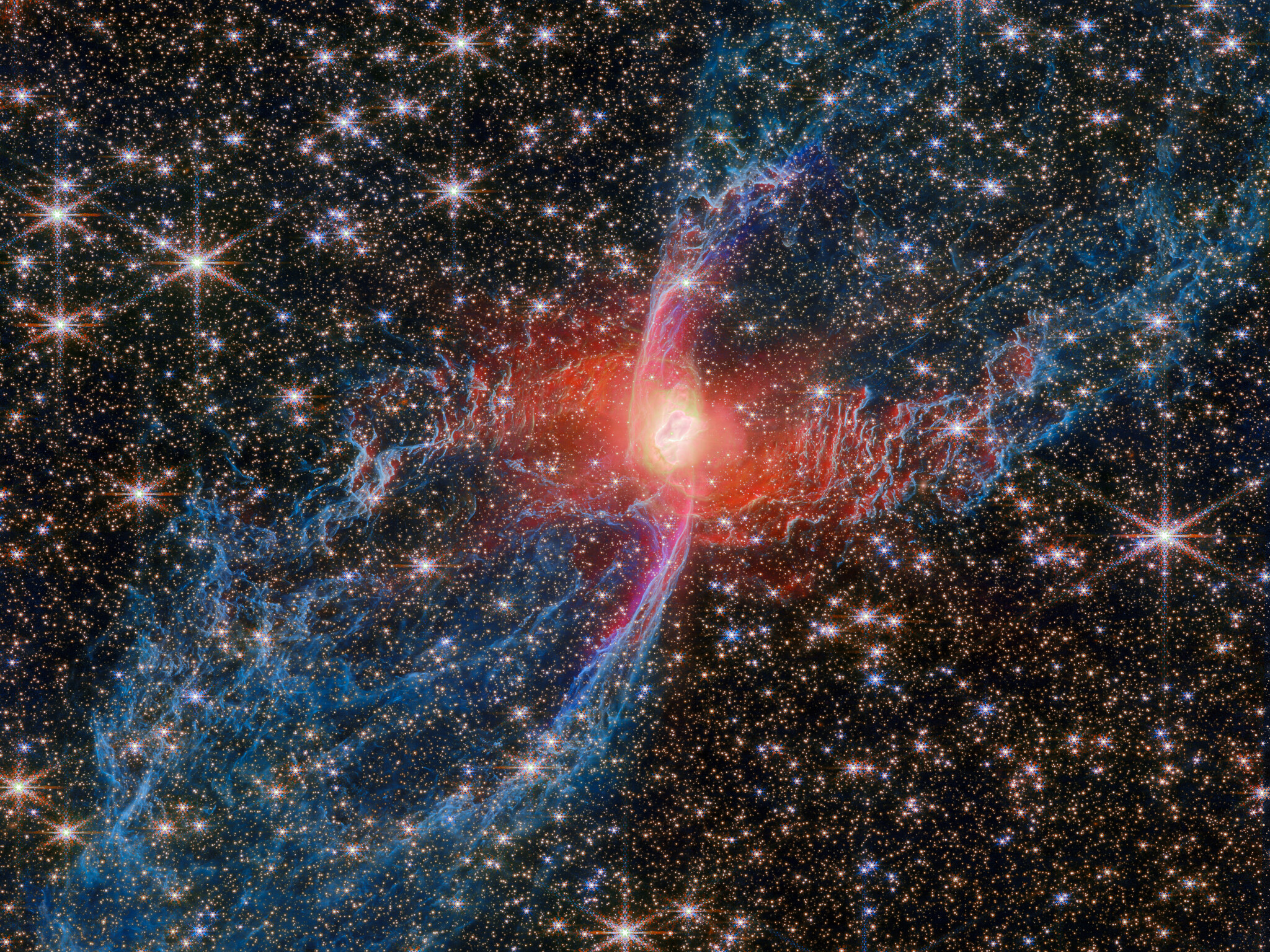
Using its Near-InfraRed Camera (NIRCam), NASA’s James Webb Space Telescope captured never-before-seen details of the Red Spider Nebula, a planetary nebula, in this image released on Oct. 26, 2025. NIRCam is Webb’s primary near-infrared imager, providing high-resolution imaging and spectroscopy for a…

This article was updated to include the full range of dates from the SOHO image. Lee esta historia en español aquí. NASA is in the midst of an unprecedented solar system-wide observation campaign, turning its spacecraft and space telescopes to…
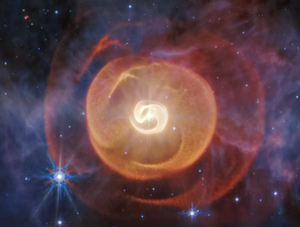
NASA’s James Webb Space Telescope has delivered a first of its kind: a crisp mid-infrared image of a system of four serpentine spirals of dust, one expanding beyond the next in precisely the same pattern. (The fourth is almost transparent,…
Webb's Blog
Webb's Blog offers an insider's point of view covering a variety of topics that include on going operations as well as exciting Webb science images/spectra that are not yet peer reviewed and therefore not released as NASA feature articles ( IE the above official Webb News Feed). Blog posts are often co-authored by scientists and engineers and offer unique insights. Search and sort the news feed with the controls immediately below.
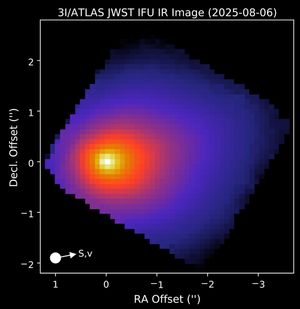
NASA’s James Webb Space Telescope observed interstellar comet 3I/ATLAS Aug. 6, with its Near-Infrared Spectrograph instrument. The research team has been analyzing insights from Webb’s data, and a preprint is available online. Webb is one of NASA’s space telescopes observing…
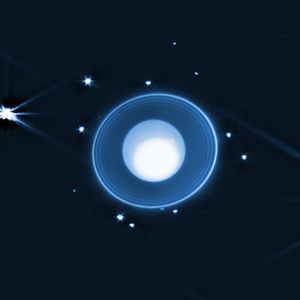
Editor’s Note: This post highlights data from Webb science in progress, which has not yet been through the peer-review process. Using NASA’s James Webb Space Telescope, a team led by the Southwest Research Institute (SwRI) has identified a previously unknown…
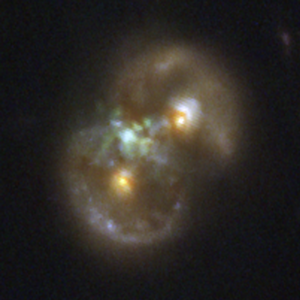
Editor’s Note: This post highlights a combination of peer-reviewed results and data from Webb science in progress, which has not yet been through the peer-review process. As data from NASA’s James Webb Space Telescope becomes public, researchers hunt its archives…
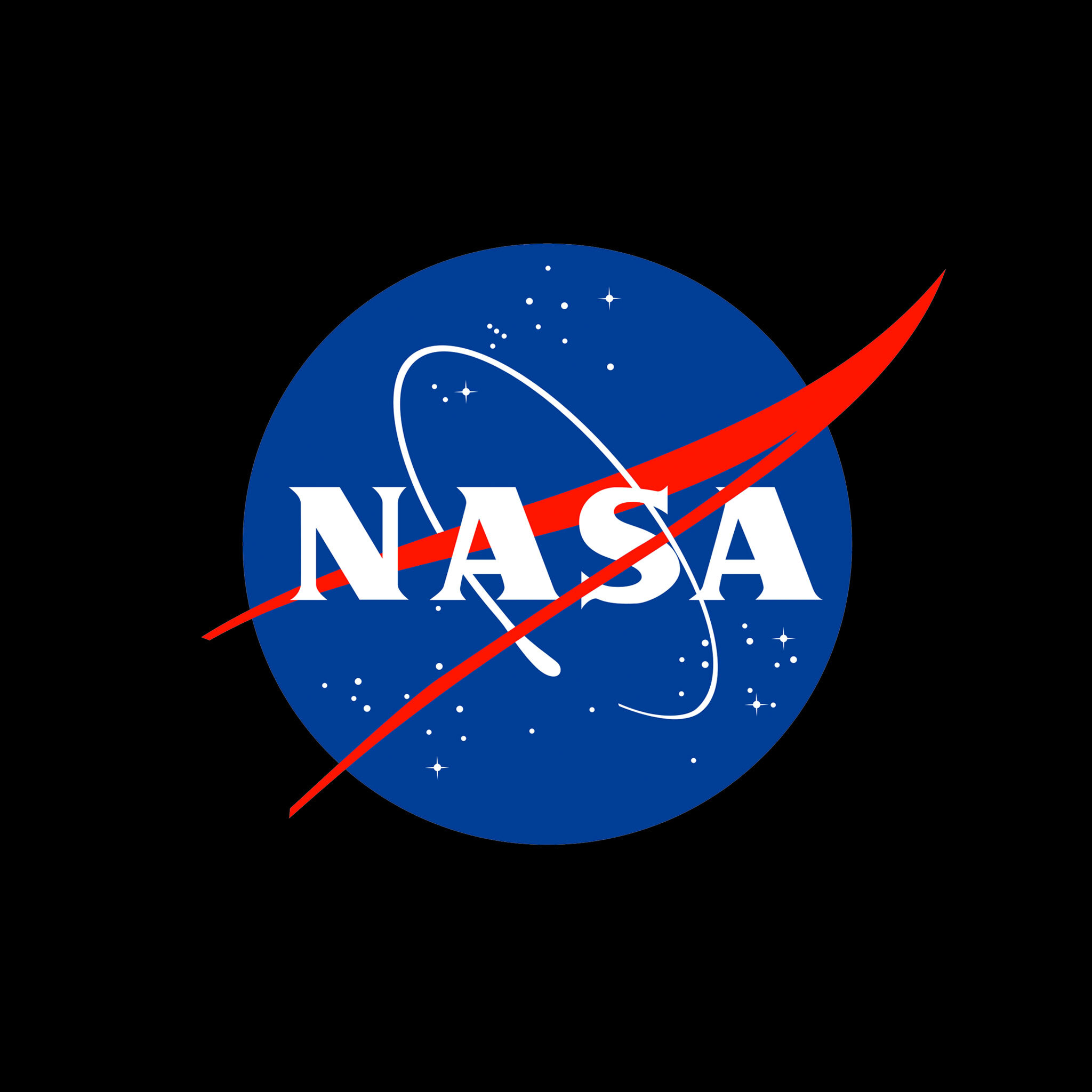
While asteroid 2024 YR4 is currently too distant to detect with telescopes from Earth, NASA’s James Webb Space Telescope collected one more observation of the asteroid before it escaped from view in its orbit around the Sun. With the additional data,…
Latest 2025 Images
The image below is a SLIDESHOW. Hover over the image to see the image title and controls. Click the image to go to a detail page with more info and the ability to download the image at various resolutions (click the downward arrow icon in lower right corner).
More Webb Images
What is Webb Observing?
See current, upcoming and recent past observations scientists are making with the Webb Space Telescope. View details about each observation's science focus areas, the instruments used and more.
View the Tool
The Webb Mission
Webb is the premier observatory of the next decade, serving thousands of astronomers worldwide. It studies every phase in the history of our Universe, ranging from the first luminous glows after the Big Bang, to the formation of solar systems capable of supporting life on planets like Earth, to the evolution of our own Solar System.
Learn More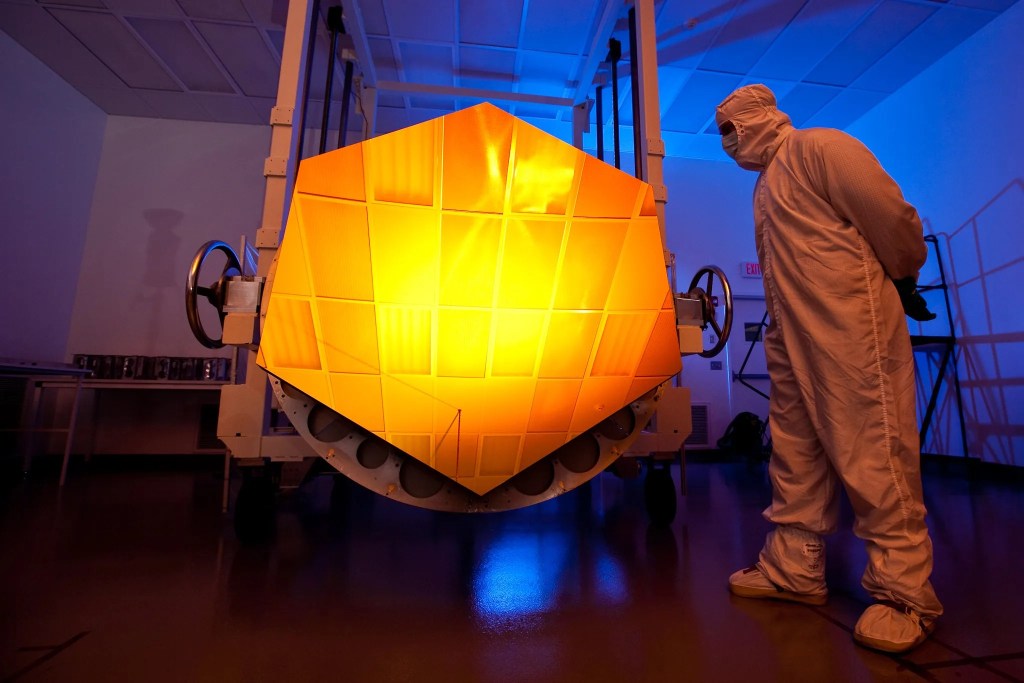
Webb's Science Goals
The James Webb Space Telescope is a giant leap forward in our quest to understand the Universe and our origins. Webb is examining every phase of cosmic history: from the first luminous glows after the Big Bang to the formation of galaxies, stars, and planets to the evolution of our own solar system. Learn about the 4 main science themes for Webb.
Learn More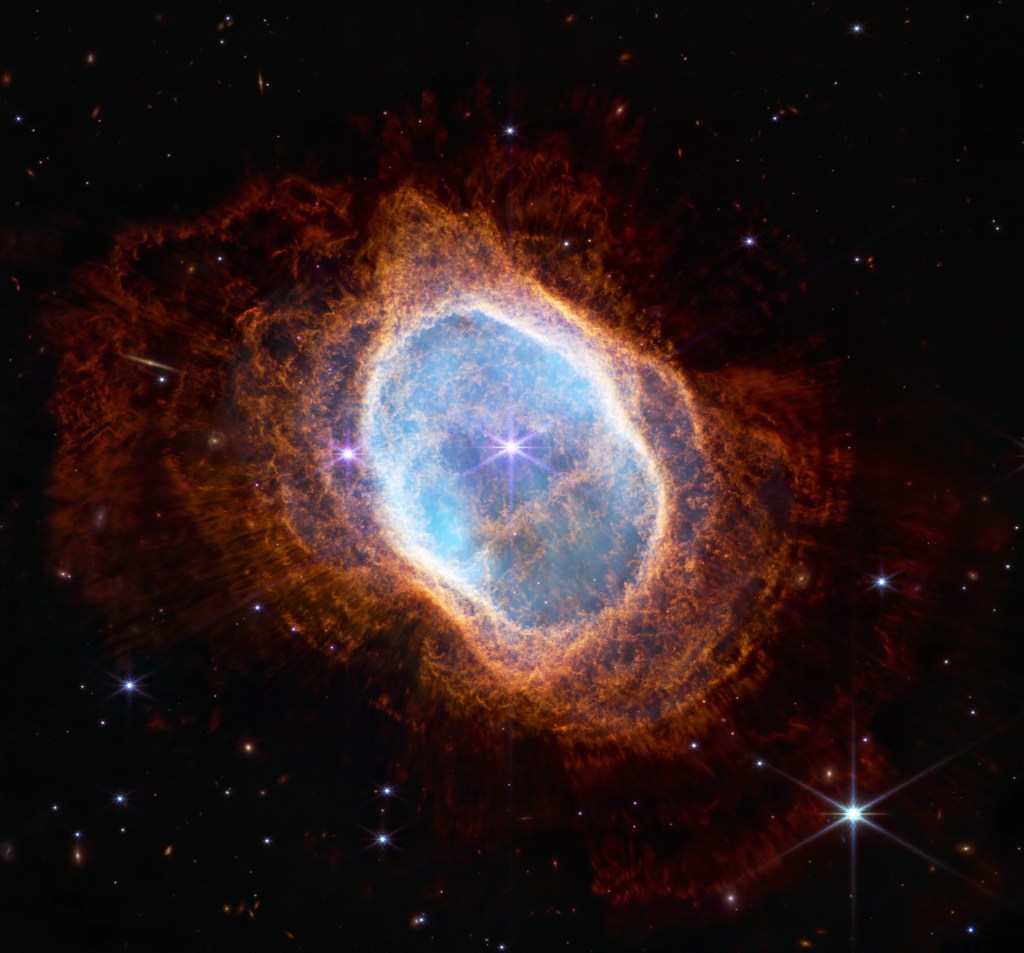
The Spacecraft
The Webb Space Telescope is the largest, most powerful and most complex telescope ever launched into space . It's design and development history stretches back before the Hubble Space Telescope was launched. Learn about the design, the major components and subsystems of Webb and see Webb in 3d in a 3d Solar System.
Learn More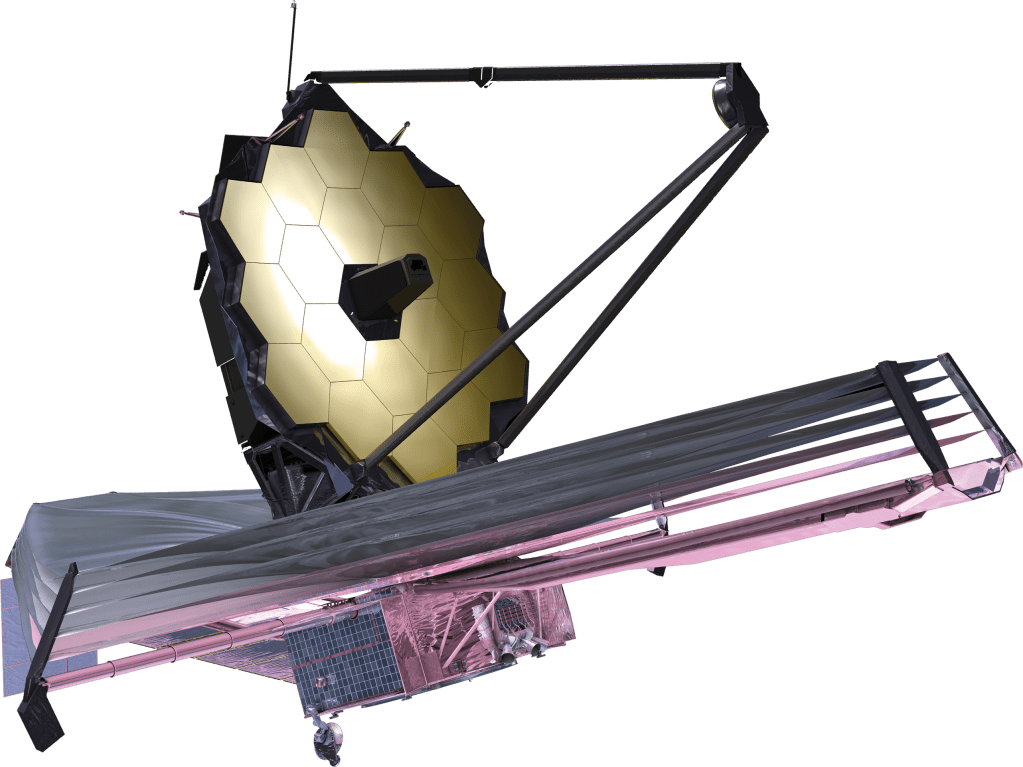
The International Webb Team
Webb is for the world, and from the world. Thousands of skilled scientists, engineers and technicians from 14 countries (and more than 29 U.S. states, and Washington, D.C.) contributed to the design, build, test, integration, launch, commissioning and operations of Webb. It is a joint NASA/ESA/CSA mission. Assembly and testing of the mirror and instruments occurred at NASA Goddard (GSFC).
Learn More